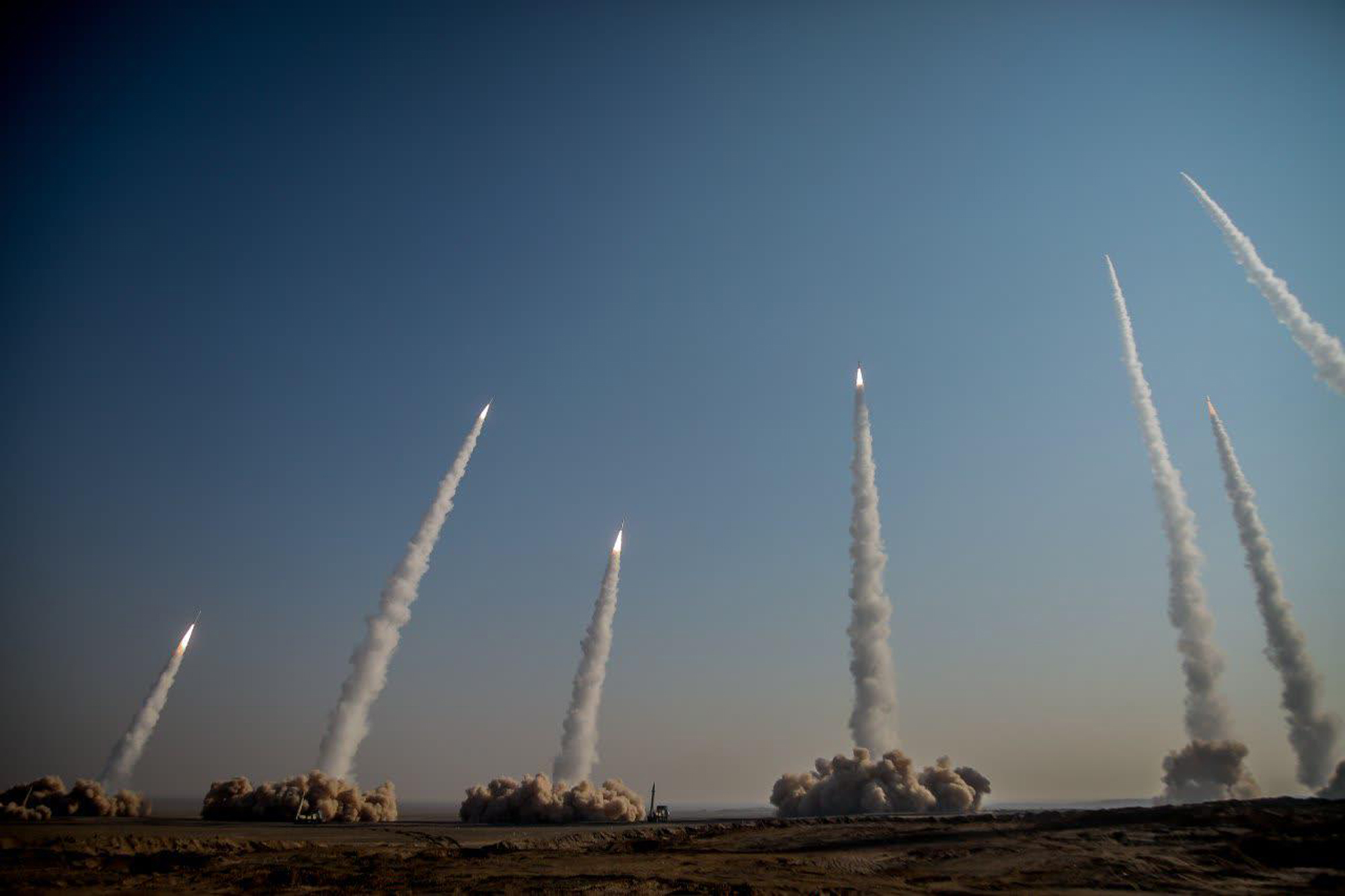Hypersonic Showdown: How India and Pakistan’s Drone and Missile War is Changing South Asia
Recent escalations between India and Pakistan have intensified, with both nations engaging in drone warfare and missile strikes, raising concerns over regional stability.
Pakistan’s Claim of Downing 77 Indian Drones
The Pakistan Army reported intercepting and destroying 77 Israeli-made Harop drones over a two-day period. These drones were allegedly launched by India targeting civilian and military installations across various locations, including Vehari, Pakpattan, and Okara in Pakistan’s eastern regions. The Director General of Inter-Services Public Relations (ISPR), Lt Gen Ahmed Sharif Chaudhry, confirmed these actions, emphasizing the military’s readiness and the effectiveness of Pakistan’s air defense systems .(Pakistan Today, Daily Times)
India’s Response and Counterclaims
India has accused Pakistan of violating the ceasefire by deploying drones into Indian territory. On May 12, suspected Pakistani drones were detected and engaged by Indian security forces along the International Border in the Samba district of Jammu and Kashmir. Indian forces responded promptly, intercepting and engaging the unmanned aerial vehicles (UAVs) soon after detection .(The Times of India)
Furthermore, between May 7 and 8, Pakistani forces attempted to escalate tensions by targeting Indian Air Force stations, prompting a swift response from India. The Indian government reported that these attacks were neutralized by their air defense systems. In retaliation, Indian forces struck several air defense installations across Pakistan, inflicting significant damage, including the reported destruction of a Chinese-made HQ-9 missile defense system in Lahore .(Time)
Deployment of Hypersonic Missiles
In a significant development, Pakistan has claimed the successful deployment of Chinese-supplied CM-400AKG hypersonic missiles. Footage released by Pakistani authorities shows a JF-17 “Thunder” multirole fighter, co-produced by Pakistan Aeronautical Complex and China’s Chengdu Aircraft Corporation, armed with two CM-400AKG missiles. These missiles were reportedly used to target and destroy India’s S-400 “Triumf” air defense system stationed at the Adampur Air Force Station in Punjab .
The CM-400AKG is known for its high-speed, high-precision capabilities, designed to penetrate advanced air defense systems. The successful use of such missiles indicates a significant enhancement in Pakistan’s offensive capabilities.
Strategic Implications
The assertion of hypersonic interception capabilities, coupled with the deployment of hypersonic missiles, suggests a shift in the strategic balance in South Asia. Pakistan’s advancements in missile technology, including the integration of hypersonic weapons into its arsenal, reflect a broader effort to modernize its military capabilities.
These developments are particularly significant given the historical tensions between India and Pakistan, both nuclear-armed nations. The introduction of hypersonic technology into the region’s military dynamics could potentially alter the strategic calculus, emphasizing the need for continued dialogue and confidence-building measures to maintain regional stability.
It’s important to note that while Pakistan has made these claims, independent verification from neutral sources is essential to confirm the capabilities and effectiveness of the systems mentioned.
